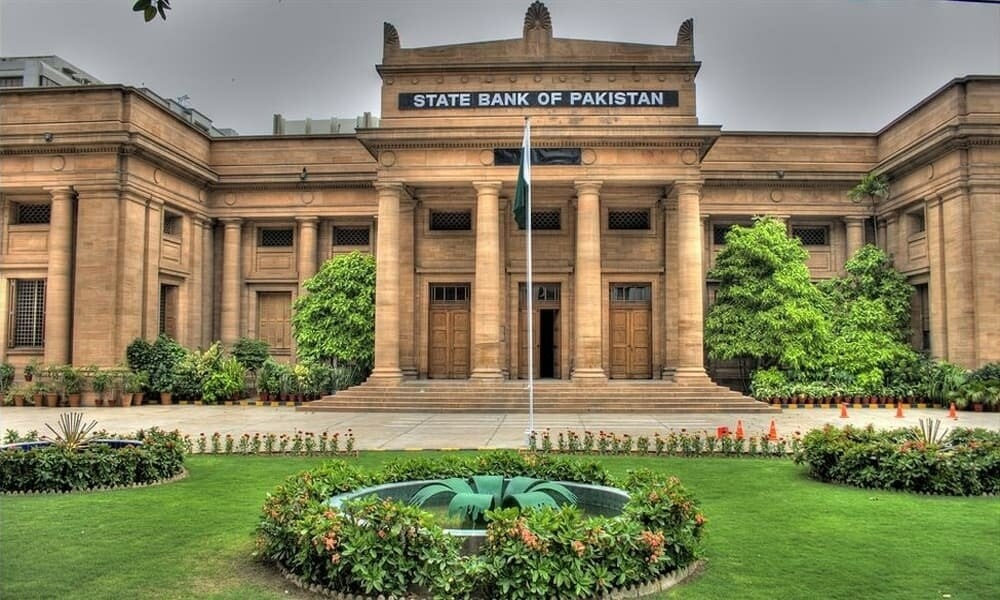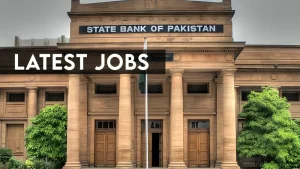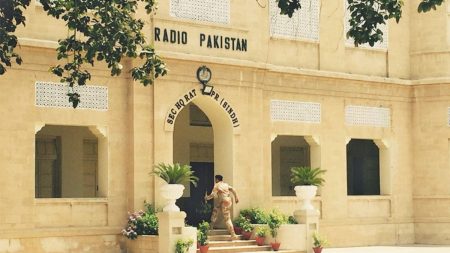Islamabad, Apr 24, 2025: The State Bank of Pakistan (SBP) has unveiled its much-anticipated Financial Stability Review (FSR) for the fiscal year 2024, offering in-depth insights into the country’s financial health.
According to SBP, Pakistan’s financial system has displayed remarkable strength and has achieved a growth rate of 17.8% for the year 2024.
The country’s financial depth, measured as the ratio of assets to GDP, has increased significantly from 61.7% in 2023 to 64.8% in 2024.
Surveys indicate that key risks to the financial system stem from macroeconomic conditions, global influences, and internal factors.
Currently, the top five risks include Cyber Security threats, Political Instability, Geopolitical tensions, the Expanding Fiscal Deficit, and the decline in Household Income.
However, it is expected that the intensity of these concerns will lessen in the next six months.
Read More: Firm Signs of Macroeconomic Stability, Falling Inflation, Strong External Account
Banking Sector Overview
The banking industry’s total assets grew by 15.8% due to higher investments and increased lending.
Private sector credit saw a recovery, supported by policy rate reductions and a tax policy encouraging lending.
However, the tax structure also led to slower deposit growth, causing banks to rely more on borrowings.
Non-performing loans (NPLs) decreased from 7.6% in December 2023 to 6.3% in December 2024.
Loan-loss provisions improved under IFRS-9, ensuring that provisions surpassed outstanding NPLs, indicating minimal credit risk.
The capital adequacy ratio (CAR) reached 20.6%, exceeding the required minimum.
Despite steady earnings, profitability slightly softened during the year.
Islamic & Microfinance Banks
Islamic banks showed robust growth in assets and branch expansion, following SBP’s push for Shariah-compliant finance.
Meanwhile, microfinance banks (MFBs) faced ongoing financial challenges.
Non-Bank Financial Institutions (NBFIs)
Development Finance Institutions (DFIs) experienced a reduction in their balance sheets, while NBFIs posted strong growth. The insurance sector demonstrated stability throughout the year.
Corporate Sector and Financial Market Infrastructures (FMIs)
Large non-financial corporations faced moderate revenue growth, yet their liquidity and repayment abilities remained solid. Credit quality among major bank borrowers was stable.
FMIs continued to function efficiently, with SBP’s Raast digital payment system seeing significant transaction growth, particularly after the launch of the Person-to-Merchant module in late 2023.
Additionally, SBP’s collaboration with the Arab Monetary Fund to integrate Raast with the Buna network will enhance cross-border remittance services.
Future Outlook & Stress Testing
Stress testing results show that banks are well-equipped to handle severe hypothetical shocks over the next three years, remaining above the minimum CAR requirements.
SBP emphasized the need for structural reforms to maintain economic growth and reduce risks associated with external financing.
SBP reiterated its commitment to maintaining financial stability by addressing emerging risks and strengthening its regulatory framework.









